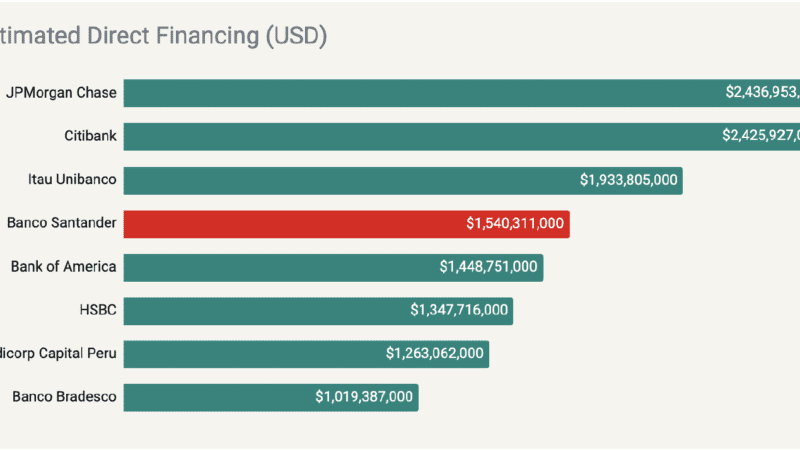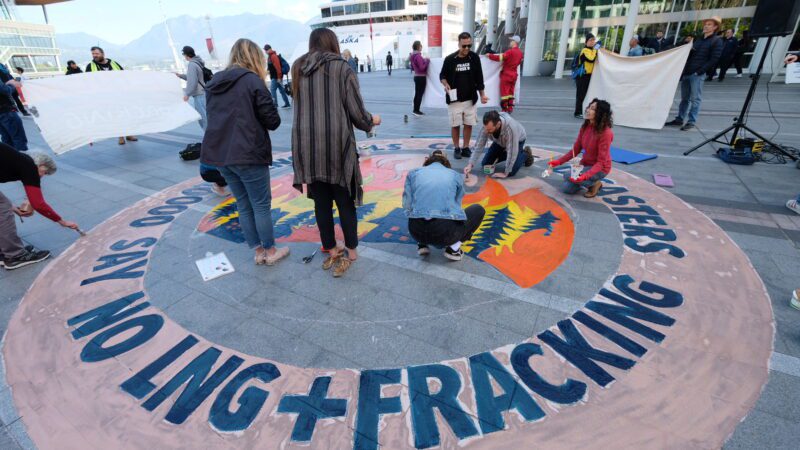Old growth report confirms urgent need to protect BC’s last stands of ancient giants
September 11, 2020
BC government initial response defers logging in some old growth areas, leaves majority of areas recommended for deferral by expert panel on the chopping block
Unceded Tsleil-Waututh, Squamish, and Musqueam Territories (VANCOUVER, BC) — Today, the British Columbia government has released the findings from an independent panel on old growth forests. The panel submitted their report to the province in April of this year, but the government only made the report public today, combined with a “first step” in addressing the panel’s recommendations. In its first public response, the B.C. government did not accept the panel’s vital immediate action recommendations, announcing some partial old growth deferrals as well as apparent deferrals in second-growth and areas already protected.
“Protecting some of our remaining old growth trees is better than none, but it’s less than half of what their own expert panel recommended.” said Tzeporah Berman, International Program Director at Stand.earth. “British Columbia has been lauded around the world for our response to COVID. Our government has listened to the science and acted decisively. We need the government to do that now with the very clear recommendations from their own expert panel.”
The panel’s report contains recommendations that align with a report released earlier in the summer from several reputed BC scientists. Importantly, the first recommendation concerns Indigenous involvement and government-to-government land management. A key recommendation is to immediately defer logging permits for the most at-risk old growth forests, defined largely by big old trees and regions where there are critically low levels of old growth left.1
“The review panel has exposed the provincial government’s continued negligence over multiple decades when it comes to old growth,” said Berman, pointing to the lack of adherence to monitoring, reviews, tracking and compliance indicated on page 34 of the panel report.2 “Less than 1% of forests in the province, or about 415,000 hectares, is now left of the big old trees. We agree with the science and the panel that logging needs to be immediately deferred in all those areas, and the province’s response has yet to achieve even half that amount.”
The B.C. government announced a large deferral area in Clayoquot Sound, and while a significant portion of this area was already protected, it is an important step forward for the visions of Indigenous Nations. Stand.earth recognizes the leadership of Indigenous Nations in the region for advancing their visions for the future of their people, land, and waters within their territories. Now, the BC government must follow through on its commitment to the Nations and ensure the future of ecologically-rare old growth forests in Clayoquot Sound.
Elsewhere in the province, forest defenders and communities are left without much cause to celebrate. It is unclear how much land in deferral areas contains old growth at imminent risk of logging, and an initial review indicates that the Skagit-Silverdaisy deferral had already been covered by a logging ban.
“I am devastated to see that there is no move from this provincial government to protect the precious old forests in the northern boreal and northern inland rainforest, including caribou habitat that is still slated to be logged,” said Tegan Hansen, Forest Campaigner for Stand.earth. “Serious action is needed to immediately defend these irreplaceable forests. In the meantime, I know many of my friends and neighbours will continue to mobilize to defend the forests in their communities.”
“Our campaigns will continue until the last old giants are safe,” said Berman. “This is our last chance to save irreplaceable old forests, and we expect the government to act with the urgency this crisis requires. Honestly, 27 years after the blockades in Clayoquot Sound, it is heart wrenching to know that it is still legal in this province to log 500 or 1,000 year-old trees to make toilet paper or wood pellets.”
Endnotes:
1
On page 56 of their report, the panel says:
3. Consider the following old forest areas (and possibly others) for short-term deferrals:
a. Any BEC variant with less than 10% old forest remaining today;
b. Old forest in any BEC – Landscape Unit combination that has less than 10% old forest today; c. Ancient forests (e.g., forests >500 years on the coast and wet ICH) and forests > 300 years in ecosystems with higher disturbance intervals);
d. Areas with a high potential to contribute towards larger ecosystem resilience;
and
e. Areas with a Site Index of >20m.
In the Price, Holt, Daust report, this area amounts to at least 415,000 hectares of productive old growth forest. The BC government in today’s response appears to have, for the most part, ignored those areas.
2
Page 34 https://engage.gov.bc.ca/oldgrowth
###
Media contact: Tegan Hansen, Forest Campaigner, tegan@stand.earth, 250-354-3302



